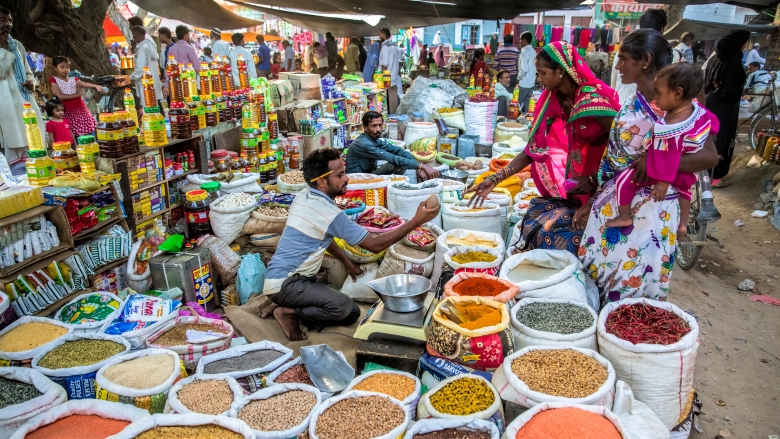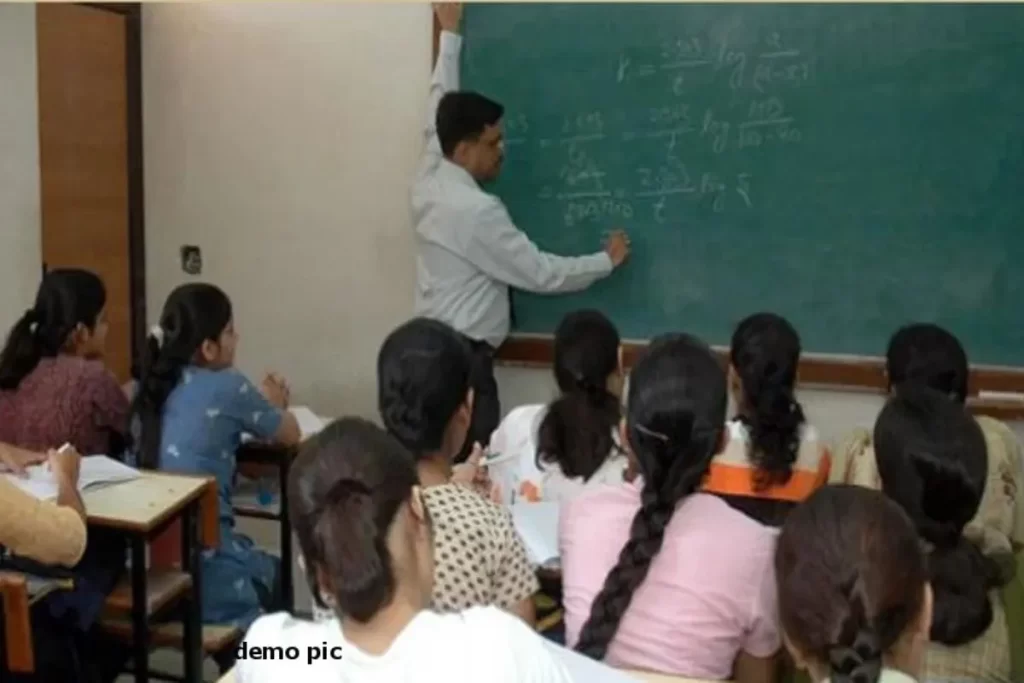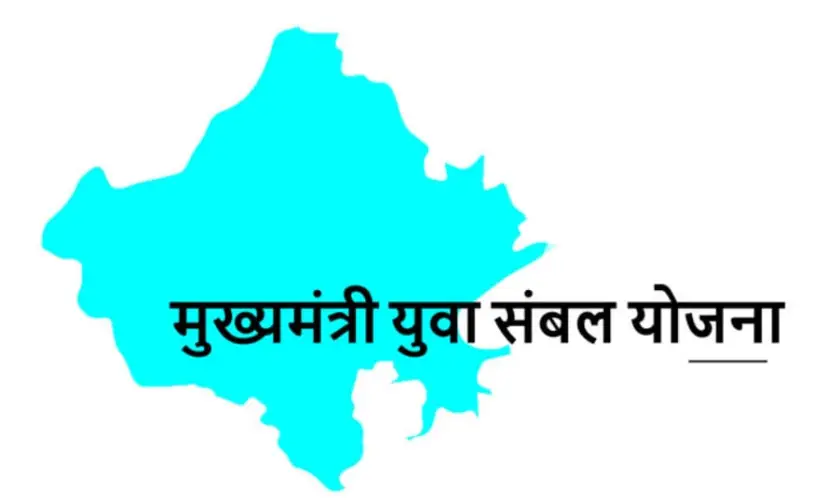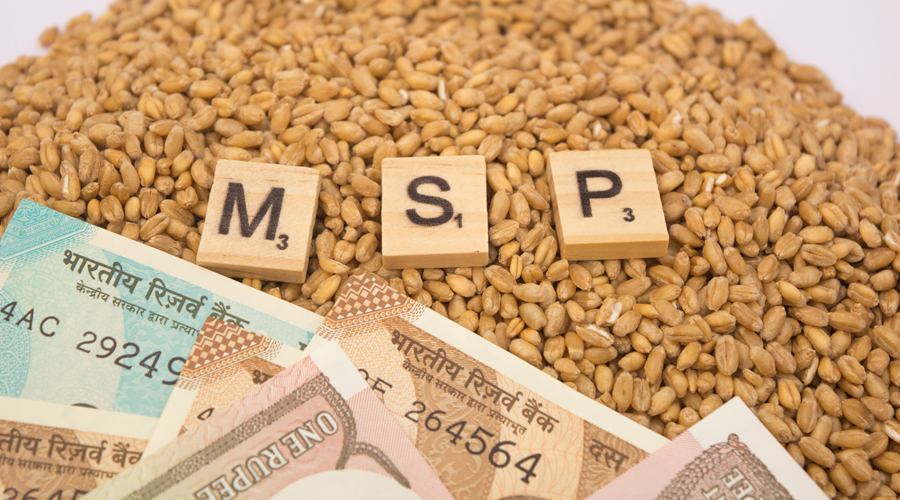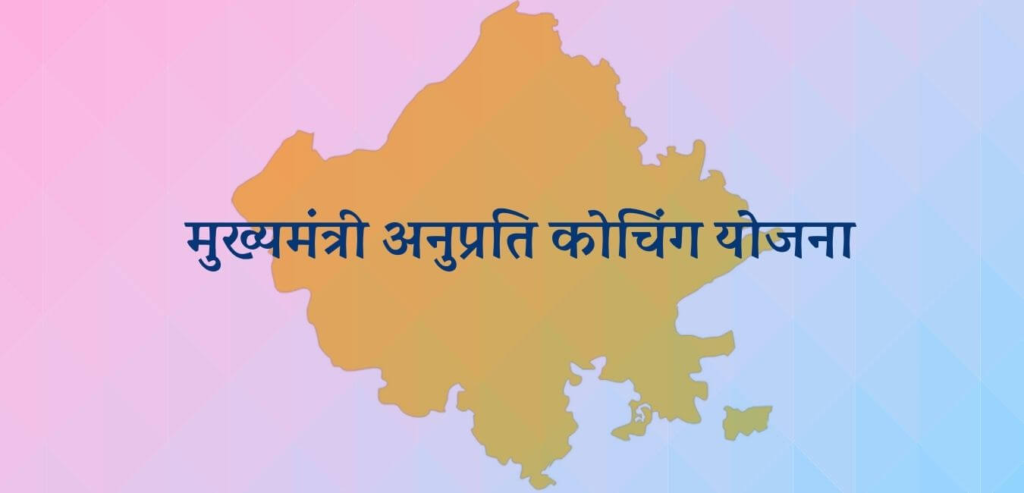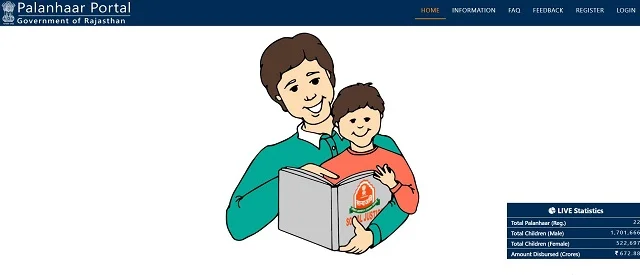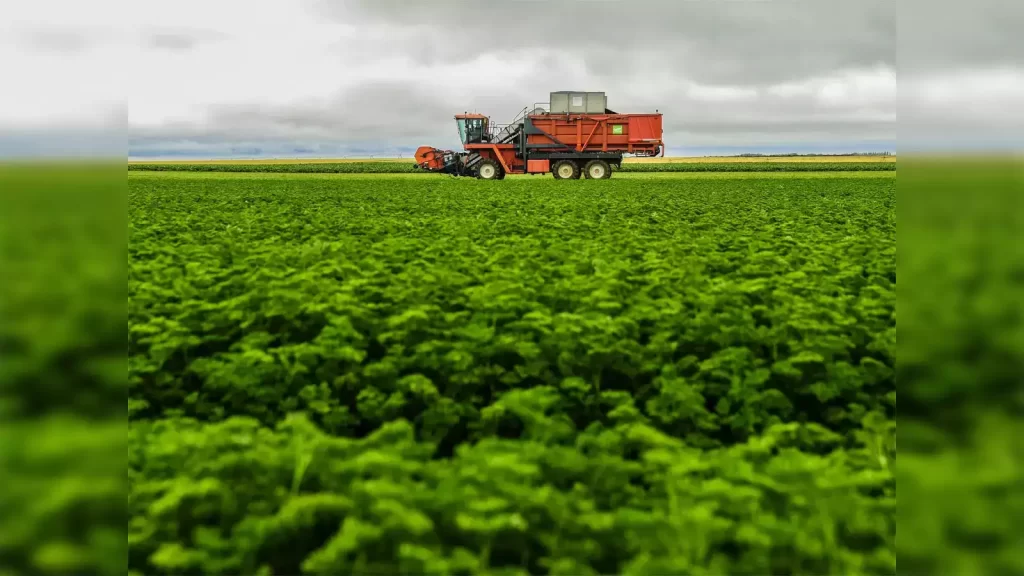public distribution system ration
The Public distribution system (PDS) is an Indian food Security System established under the Ministry of Consumer Affairs, Food, and Public Distribution. PDS evolved as a system of management of scarcity through distribution of food grains at affordable prices. PDS is operated under the joint responsibility of the Central and the StateGovernments. The Central Government, through Food Corporation of India (FCI), has assumed the responsibility for procurement, storage, transportation and bulk allocation of food grains to the State Governments. The operational responsibilities including allocation within the State, identification of eligible families, issue of Ration Cards and supervision of the functioning of Fair Price Shops (FPSs) etc., rest with the State Governments. Under the PDS, presently the commodities namely wheat, rice, sugar and kerosene are being allocated to the States/UTs for distribution. Some States/UTs also distribute additional items of mass consumption through the PDS outlets such as pulses, edible oils, iodized salt, spices, etc. What is Targeted PDS? Targeted Public Distribution System (TPDS) is jointly operated by Central and State Governments. The Targeted Public Distribution System (TPDS) came into operation in June 1997 under the Government of India with a focus on the poor. Under the operations of TPDS, the beneficiaries were divided into two categories: Households Below the poverty line (BPL) Households Above the poverty line (APL) Central Government is responsible for Procurement of food grains Allocation of food grains Transportation of food grains to designated depots of Food Corporation of India (FCI). State Government is responsible for Allocation and Distribution of foodgrains within the state. Identification of eligible beneficiaries. Issuance of ration cards. Who Introduced the PDS System? PDS was introduced during the time of World War II. It was before the year 1960 that the distribution through PDS was dependant on imports of food grains. The Public Distribution System was then expanded in the 1960s to handle food shortages and take care of distribution. The Food Corporation of India and the Commission of Agricultural Costs and Prices were also set up by the government of India to improve domestic procurement and storage of food grains. It was during the 1970s when PDS evolved as a universal scheme for the distribution of food. What is the Use of PDS? It helps in maintaining the Food Security of the nation. It helps in making sure that food is available for the poor at affordable prices. Maintains buffer stock of food grains which will help during the lean season of crop production. Importance of PDS It helps in ensuring Food and Nutritional Security of the nation. It has helped in stabilising food prices and making food available to the poor at affordable prices. It maintains the buffer stock of food grains in the warehouse so that the flow of food remain active even during the period of less agricultural food production. It has helped in redistribution of grains by supplying food from surplus regions of the country to deficient regions. The system of minimum support price and procurement has contributed to theincrease in food grain production. FAQs How does the public distribution system (PDS) work? The Public Distribution System contributes significantly in the provision of food security. The Public Distribution System in the country enables the supply of food grains to the poor at a subsidized price. It also helps to control open – market prices for commodities that are distributed through the system. What are the objectives of the public distribution system (PDS)? The basic objective of the public distribution system in India is to provide essential consumer goods at cheap and subsidised prices to the consumers so as to insulate them from the impact of rising prices of these commodities and maintain the minimum nutritional status of our population.
public distribution system ration Read More »
